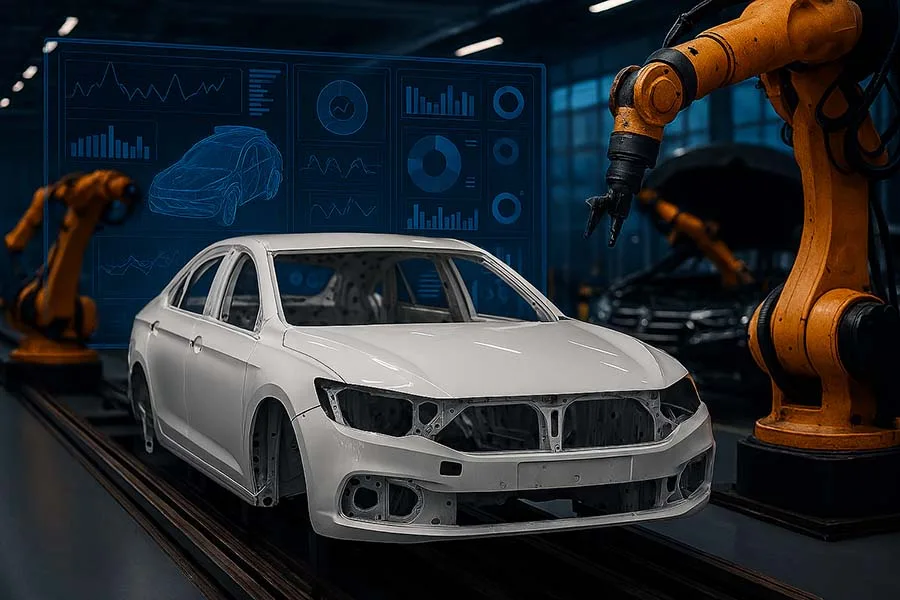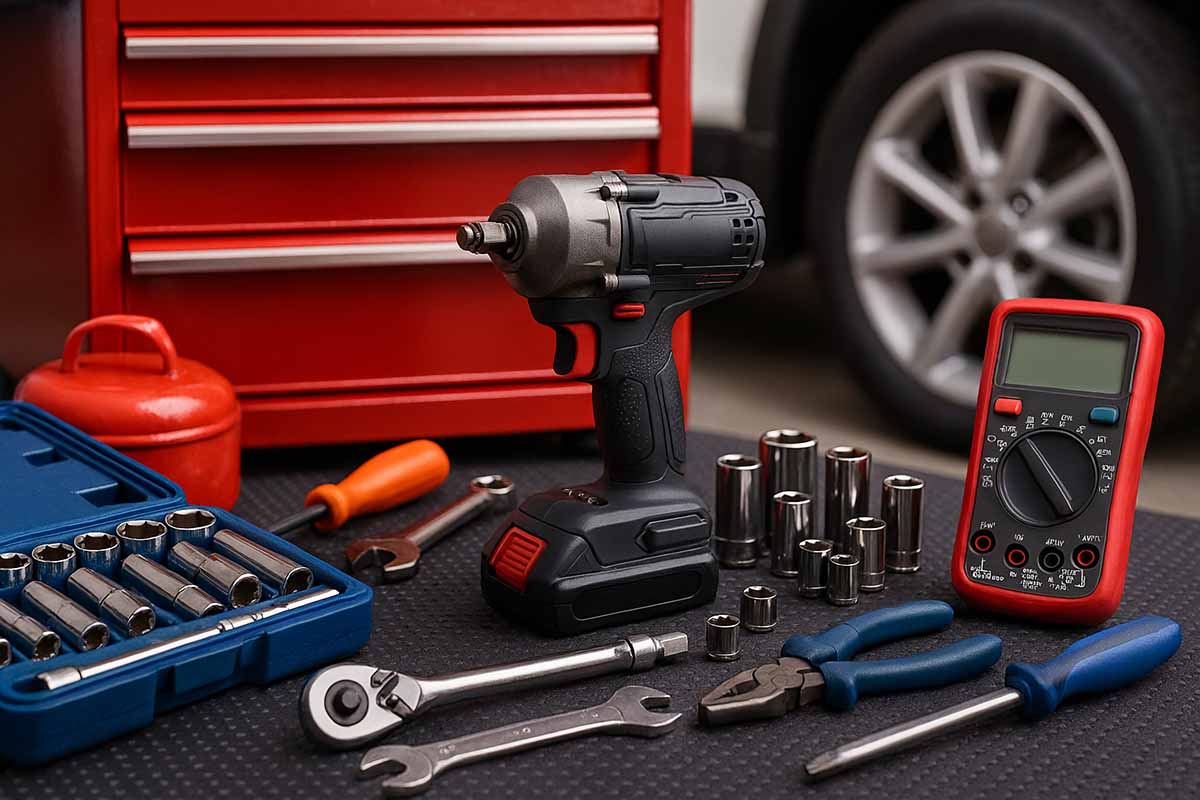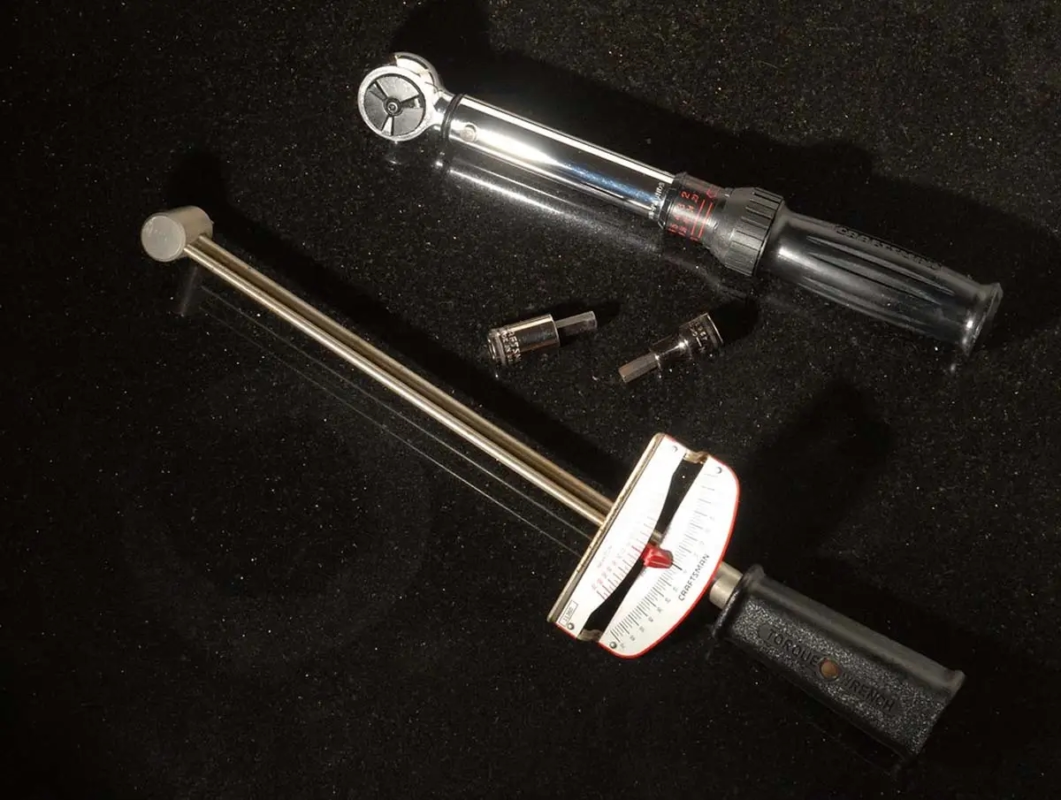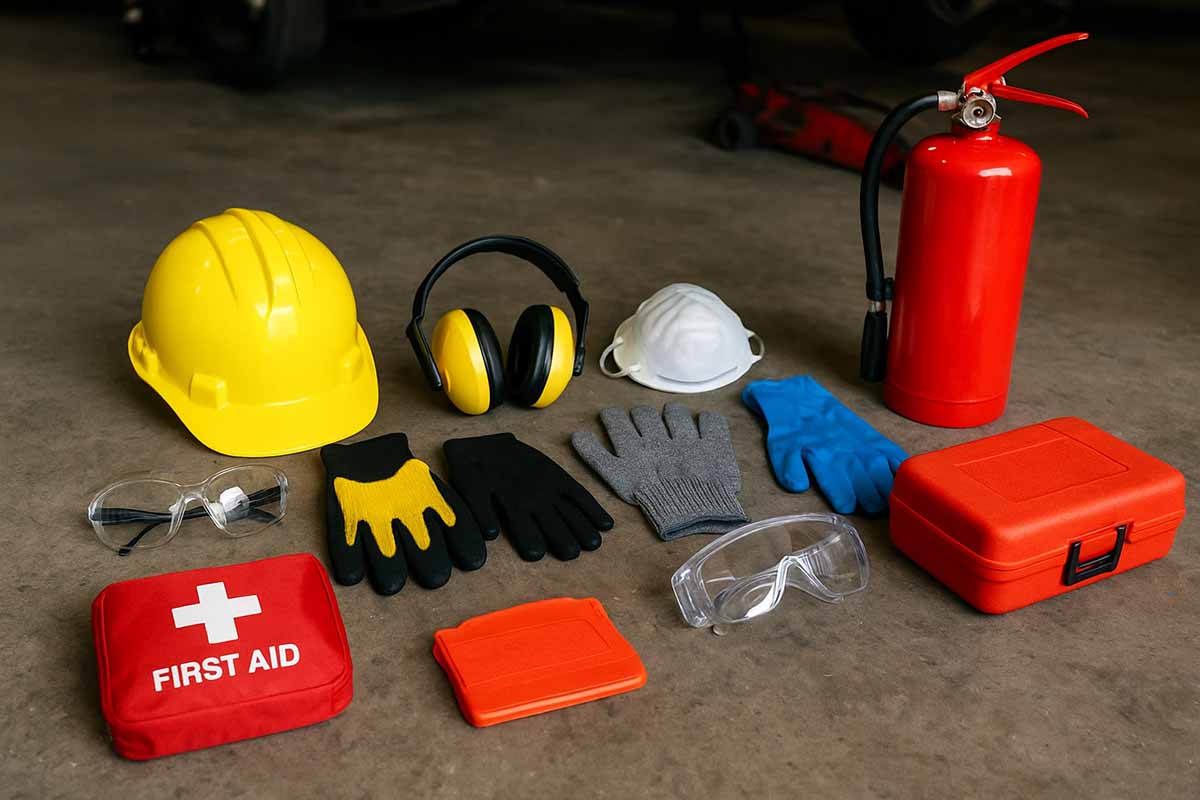Introduction: From Wrenches to Smart Factories
If Henry Ford were to walk into a modern automotive assembly plant, he might recognize the conveyor belt – but the rest of the factory would look like science fiction. With the rise of Industry 4.0, assembly lines are no longer just about speed and repetition. They are now smart, connected ecosystems driven by data, automation, and artificial intelligence. But what exactly does this transformation mean for the automotive sector?
What Is Industry 4.0 in Automotive Manufacturing?
Industry 4.0 refers to the fourth industrial revolution, defined by:
- Automation beyond simple robotics
- Internet of Things (IoT) for real-time connectivity
- Artificial Intelligence (AI) and machine learning for predictive decisions
- Big Data analytics for performance optimization
- Augmented Reality (AR) and digital twins for simulation and training
👉 In automotive assembly, this means factories are moving from reactive production to proactive, intelligent systems.
Key Ways Industry 4.0 Is Reshaping Automotive Assembly Lines
1. Smart Automation and Robotics
Traditional robots could weld, paint, or lift heavy parts—but today’s robots go further. Collaborative robots (cobots) now work safely alongside human operators, improving flexibility on the line. For example:
- Automated guided vehicles (AGVs) deliver parts directly to workstations.
- Cobots handle repetitive tasks while humans focus on precision and problem-solving.
Result: Faster throughput with fewer errors.
2. IoT and Connected Machines
In the Industry 4.0 factory, machines “talk” to each other. IoT sensors track:
- Tool performance
- Material flow
- Machine health
This real-time monitoring reduces downtime and ensures that small problems don’t turn into costly breakdowns.
Example: A torque wrench with IoT connectivity alerts supervisors when a bolt is under-torqued, ensuring safety and compliance.
3. Data-Driven Decision Making
Data is the new fuel of automotive manufacturing. By analyzing massive datasets, companies can:
- Predict equipment failures before they happen
- Optimize inventory and supply chains
- Reduce energy consumption across the plant
This shift turns reactive problem-solving into predictive planning, saving time and money.
4. Digital Twins and Simulation
A digital twin is a virtual copy of an assembly line. Manufacturers use it to simulate processes, test layouts, and predict how changes will impact production.
Benefits:
- Shorter prototyping cycles
- Faster product launches
- Reduced waste and rework
Automakers like BMW and Mercedes are already running “digital-first factories” where nothing is built in the real world before being tested virtually.
5. Human-Centric Manufacturing
Despite the buzz around automation, humans remain vital. Industry 4.0 enhances their role instead of replacing them.
- Augmented reality (AR) headsets guide workers step-by-step in complex assemblies.
- Wearable devices track ergonomics, reducing injury risks.
- Digital dashboards give workers instant feedback on quality and performance.
This ensures humans and machines work in synergy, not competition.
Benefits of Industry 4.0 in Automotive Assembly
- Higher Efficiency: Shorter cycle times and less downtime.
- Better Quality Control: Real-time inspections reduce defects.
- Greater Flexibility: Easier to adapt to electric vehicle (EV) production lines.
- Sustainability Gains: Optimized energy use and reduced waste.
- Improved Worker Safety: Smart devices lower risk of accidents.
Challenges in Adopting Industry 4.0
Of course, no revolution comes without roadblocks. Automotive companies face:
- High upfront investment in smart infrastructure.
- Cybersecurity risks with connected networks.
- Skill gaps—technicians must learn data analysis, not just mechanics.
- Integration issues with legacy machines still on the line.
👉 Success depends on balancing technology upgrades with human training.
Funny Fact
In one early Industry 4.0 pilot test, a factory robot misinterpreted its AI training and started moving car doors… onto the wrong side of the vehicle. Engineers joked it was trying to invent “British-spec cars” in a German plant.
Lesser-Known Fact
Did you know Tesla’s Gigafactory in Nevada runs one of the world’s largest IoT networks? Over 20,000 sensors feed real-time data into a central AI system that adjusts processes on the fly.
The Road Ahead: Industry 5.0?
While Industry 4.0 is still rolling out, many manufacturers are already talking about Industry 5.0, which emphasizes closer collaboration between humans and smart machines. In automotive assembly, this means even greater personalization, sustainability, and adaptability.
Final Thoughts
Industry 4.0 is not just reshaping assembly lines—it’s redefining how cars are built, from design to delivery. Factories are becoming smarter, more flexible, and more sustainable, creating opportunities for both manufacturers and workers. The winners in this transformation will be the companies that embrace technology and human expertise together.
Further Read
- Industrial Tools in the Automotive Industry
- Digital Twins in Automotive Tooling: Smarter Maintenance, Fewer Breakdowns
- Comparing Pneumatic vs. Electric Tools in Automotive Workshops
- How Industry 4.0 Is Reshaping Automotive Assembly Lines
- Trends in Automotive Manufacturing Automation
- Impact of Industry 4.0 and IoT on Automotive Tooling
- Essential EV Toolkits for Modern Automotive Work
- Reviews of 5 Leading Automotive Tool Brands
- Top Tools for Automotive Repair and Diagnostics
- Specialized Equipment for Engine Rebuilding
- Automotive Fasteners and Torque Specs Explained
- Safety Tools and PPE in Automotive Workshops
- Troubleshooting Common Automotive Tool Problems
- Top Automotive Tool Brands Reviewed
- Fasteners in Automotive Manufacturing: What Makes the Cut?
- How to Use a Torque Wrench in the Automotive Industry
- Automotive Torque Wrench Buying Guide 2025
Your Turn
Do you think Industry 4.0 will make automotive jobs more exciting—or more challenging? Share your thoughts in the comments below, and let’s start a discussion about the future of smart manufacturing.





